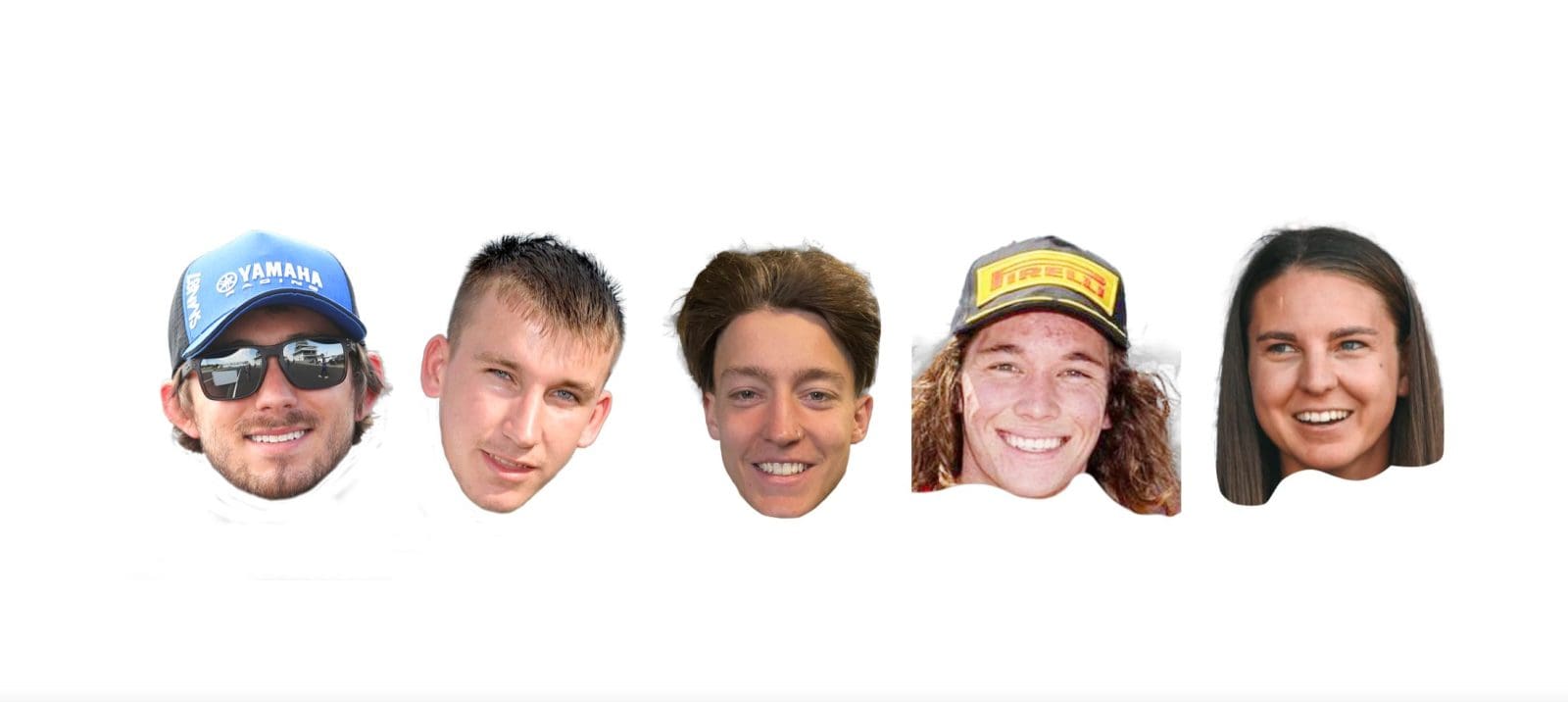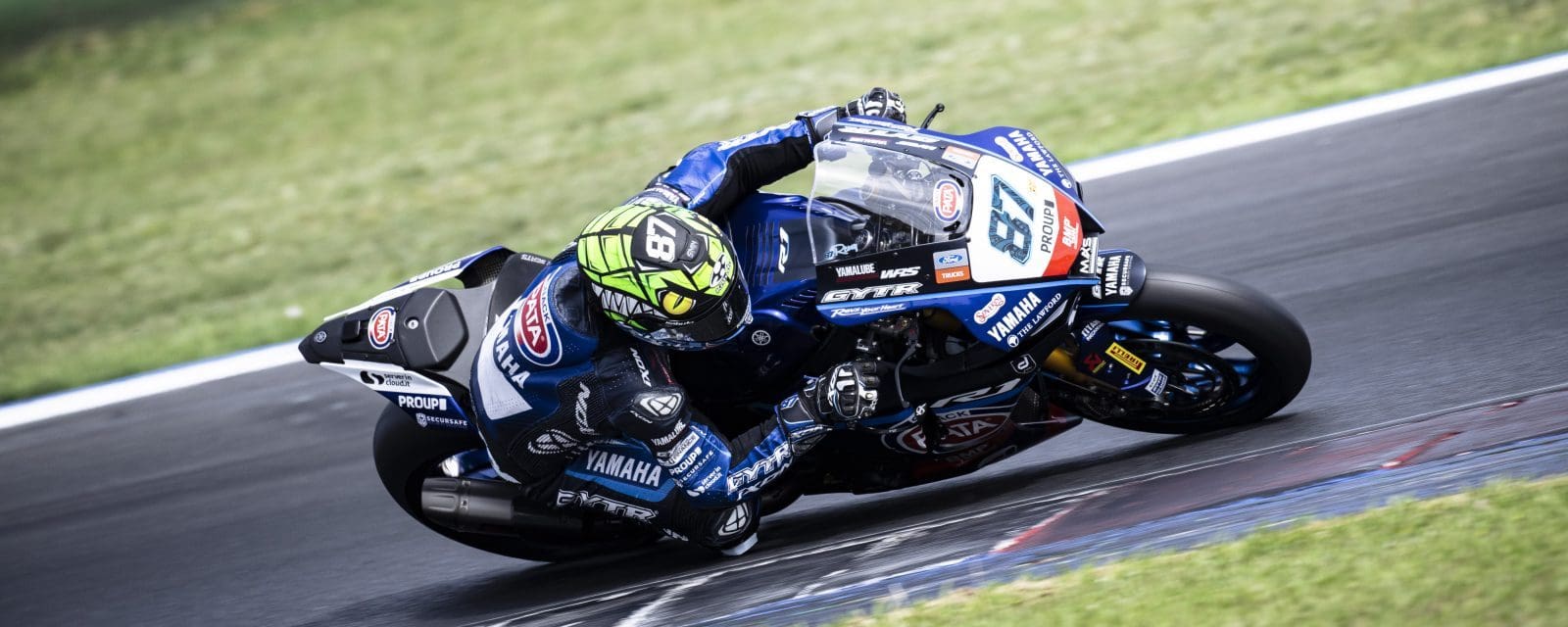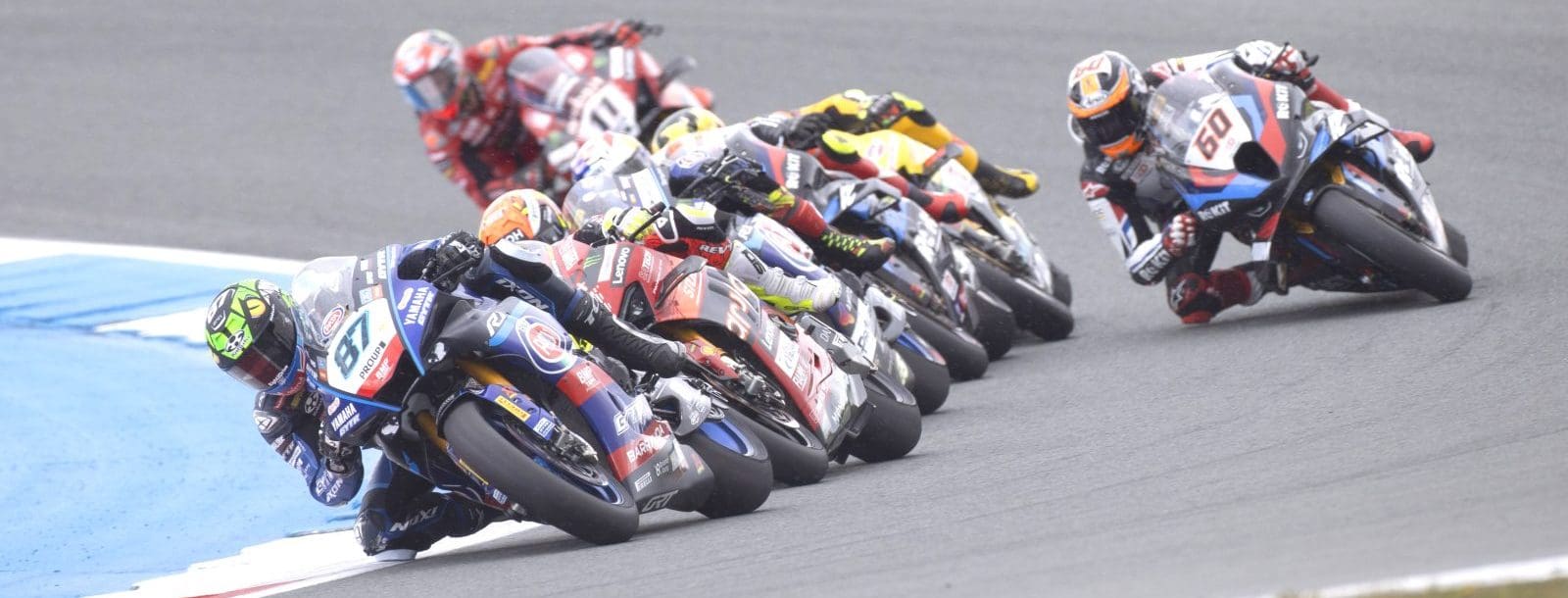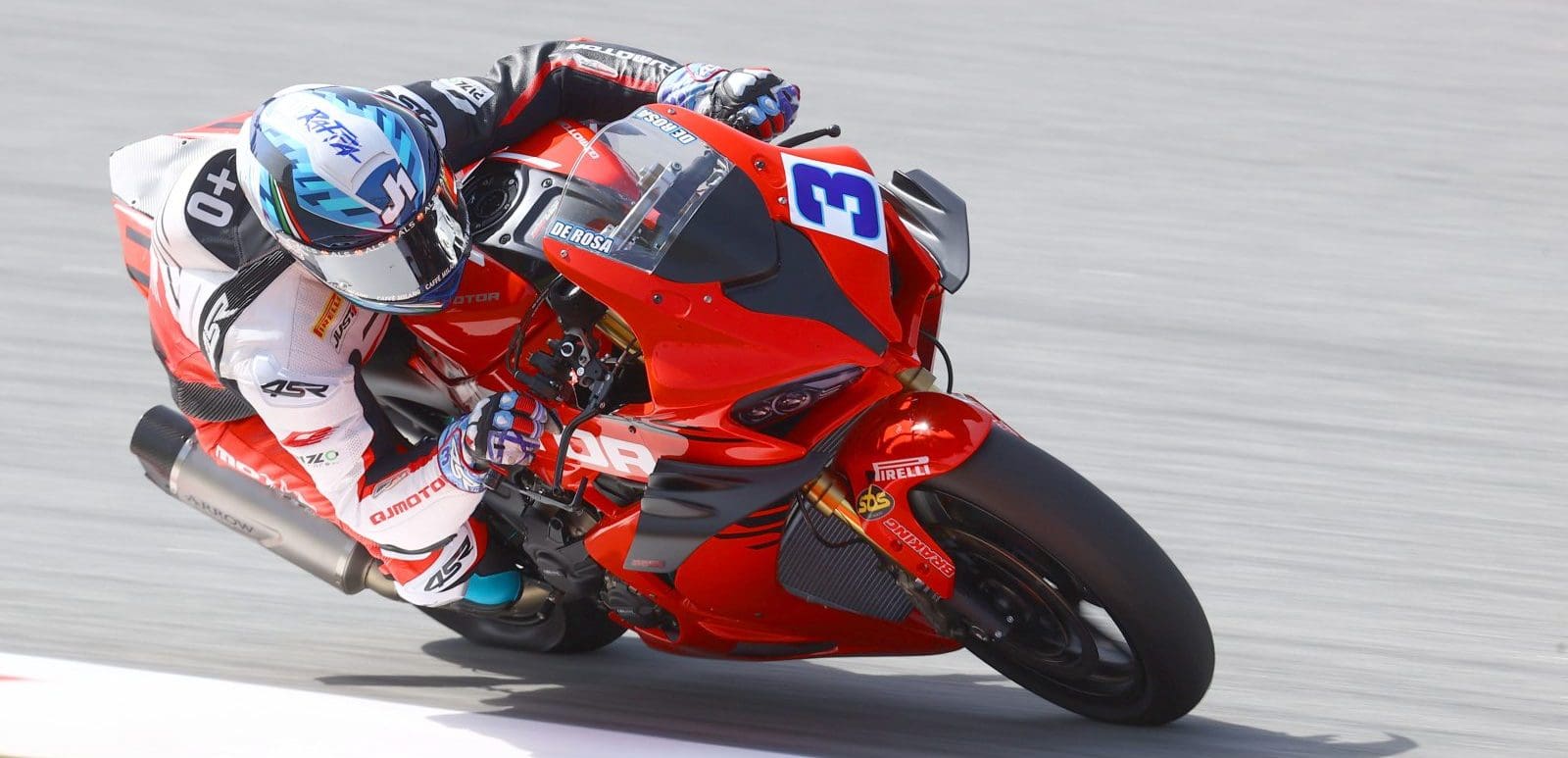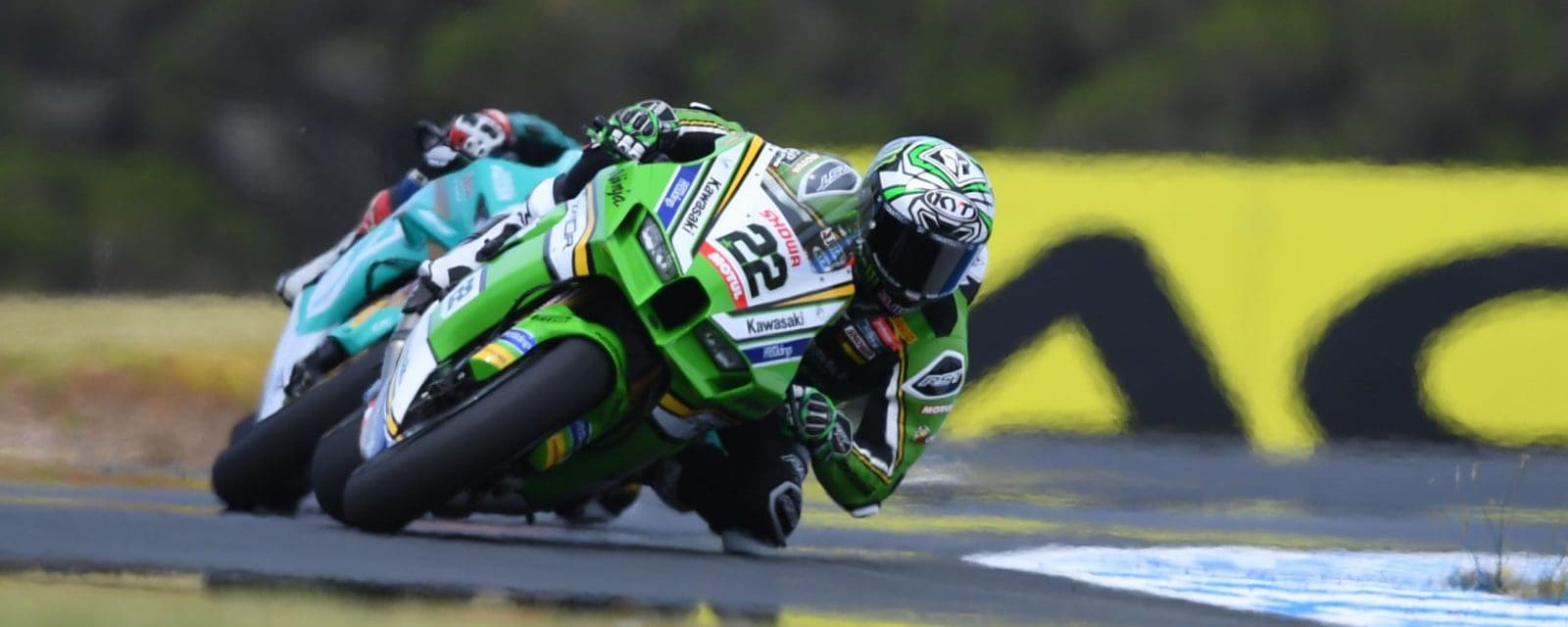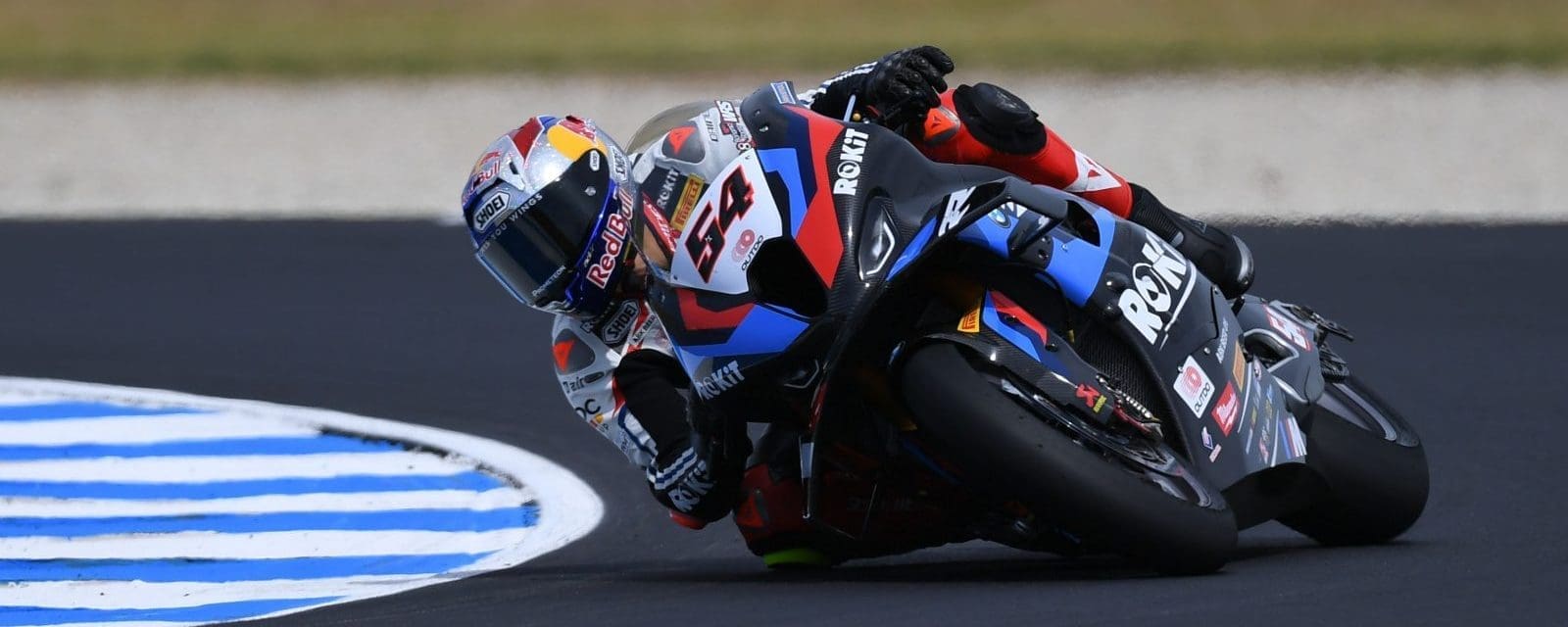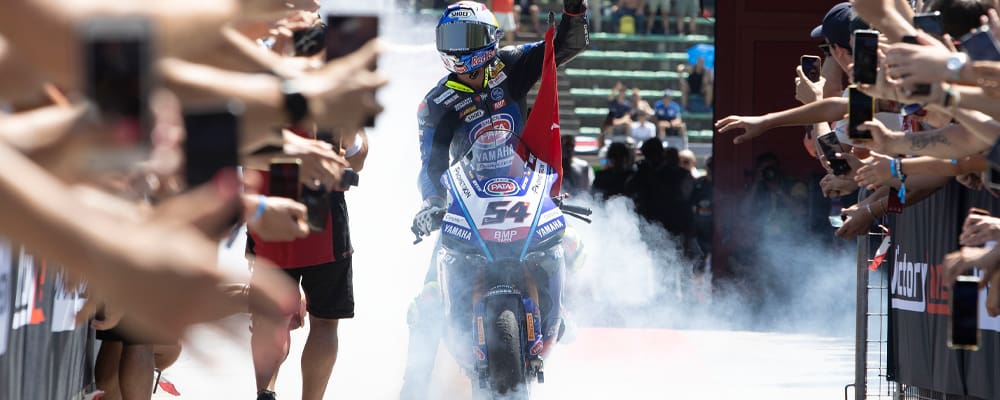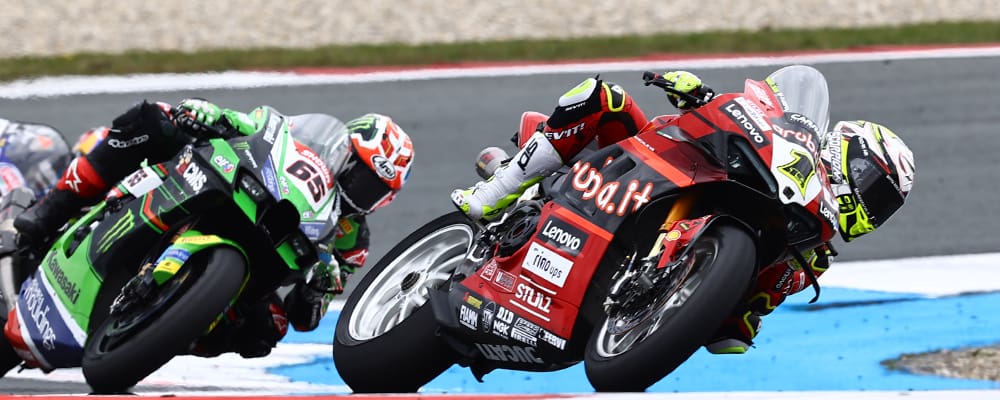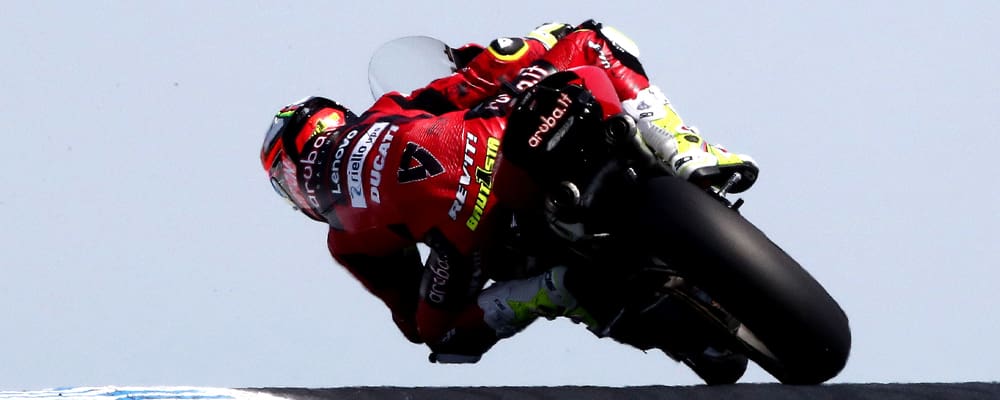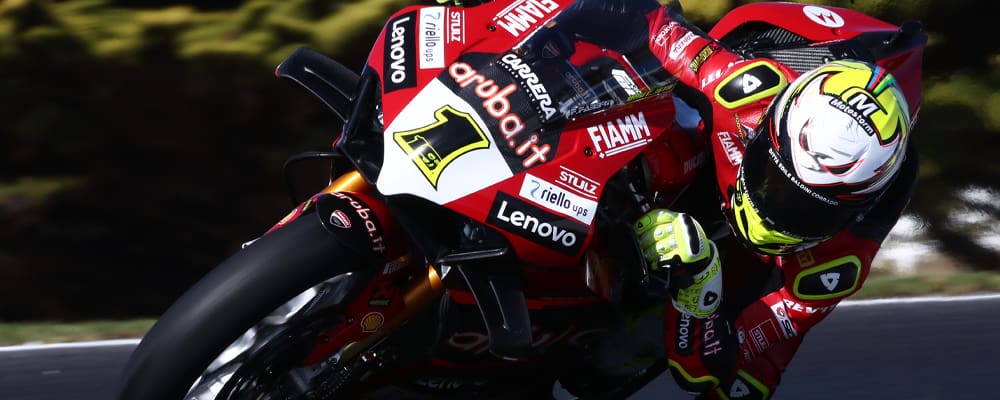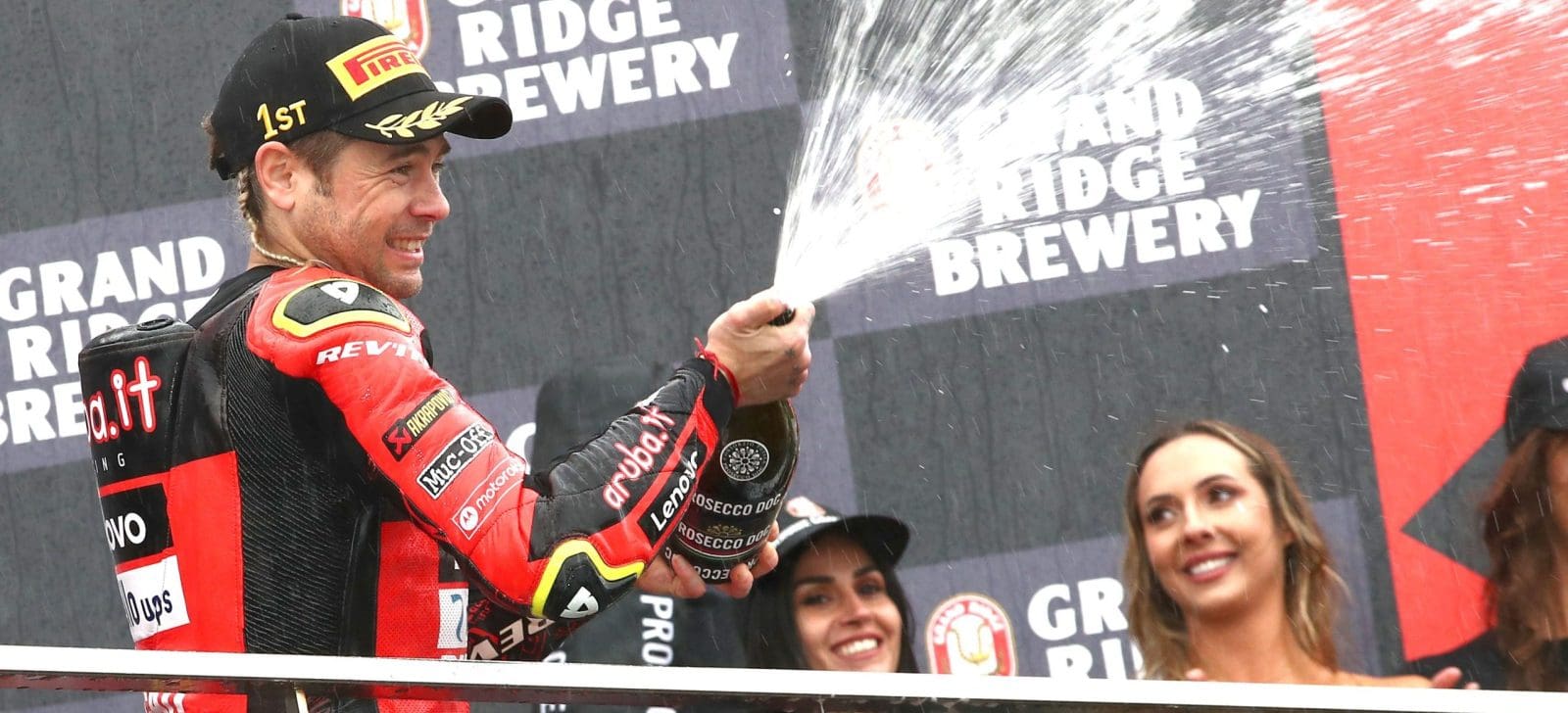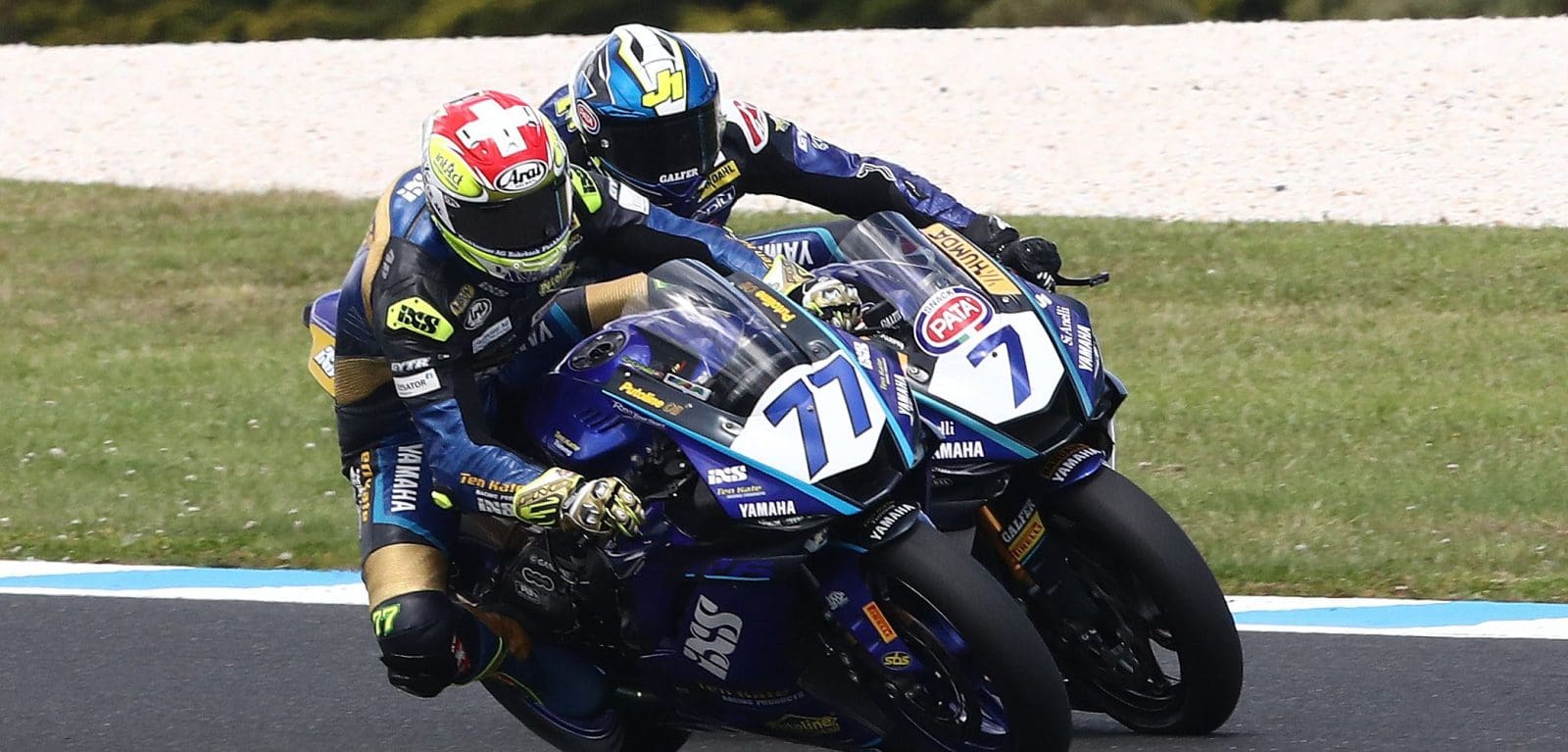What does the 30th anniversary of the World Superbike Championship mean to a former Seventies longhair?
In recent weeks I’ve spoken to ex-Team Kawasaki head honcho Peter Doyle, who owns a Kawasaki GPX750 that Rob Phillis raced in that first year.
I’ve also spoken to Gary Goodfellow, who as well as becoming the first Kiwi to win a Superbike race also gave Suzuki its first win in that inaugural 1988 season.
Then there have been talks with people like Mal Campbell. Along with Daryl Beattie, he was Honda’s local Superbike hope in the rounds at Oran Park in Australia and Manfield in New Zealand.
All these formerly hirsute heroes have given me the same message. It was a special moment at a time when Grand Prix two-strokes were the main game. Here was an alternative world championship that the everyday road rider could relate to.
In delving into the history of the event for an upcoming feature in AMCN, I have revisited Daytona in 1987 and the famous win Ducati had with its prototype 851 Superbike.
A few years earlier, a struggling Ducati was taken over by Cagiva. By 1986 it seemed back on track, with Dakar-winning Cagiva-Ducatis, dominance in Battle of the Twins (BOT) and World F1 championships.
Despite this, it was obvious to Ducati the ageing Pantah-based twins needed replacing.
In a few months young lions Massimo Bordi and Gianluigi Mengoli created the prototype of the world’s most sophisticated production V-twin. Then they flew it to the world’s biggest race for twin-cylinder motorcycles, Daytona’s Pro Twins.
While it retained the Pantah’s 90-degree layout, its package of liquid cooling, fully computerised fuel injection, DOHC heads and eight valves were new territory both for Ducati and motorcycling’s mainstream.
It may have been a potential world-beater but what fronted up at the Florida speed bowl in early 1987 was pretty shabby. Electrical cables and hoses stuck out and the tank looked like it had fallen off Cagiva’s GP two-stroke.
But Ducati’s 851cc prototype fitted easily into Daytona’s Pro Twins (formerly BOT) scene. A support event to the famous Daytona 200, it was a hotbed of innovation and a nursery for some of the most creative Superbike participants of the next decade. Martin Adams was turning Honda’s ultra-rare flat-track RS750 V-twin into a potent roadracer that could exceed 255km/h on the banking. In the 1990s he became a major player in American Superbike racing, running the Camel and Smok’n
Joe’s Honda race teams.
The Erion brothers were doing similar things to a humble Honda Hawk V-twin. They would go on to form Two Brothers Racing, one of AMA’s top performance shops. Eraldo Ferracci would switch from the Pro Twins class to team with Doug Polen and deliver Ducati two World Superbike titles.
Then there was Dr John Wittner, whose homebuilt short-stroke, eight-valve Moto Guzzi would revive the factory.
The clean-sheet Ducati was so new it didn’t have a name. Its technicians referred to it as the 4V (a reference to its four-valve heads). But the fact that 1981 world 500cc champion Marco ‘Lucky’ Lucchinelli was riding it meant Ducati was taking this race deadly seriously.
Lucchinelli had easily won the BOT race the year before on the ultimate version of Ducati’s TT-F1 air-cooled twin. This year he faced several TT-F1s and a host of home-brewed but devastatingly fast twins.
Before the race Lucchinelli was playing down his chances, saying his bike “only had 850cc” against his mainly 1000cc opposition. Lucchinelli lost the lead when his bike appeared to falter but he got lucky when the race was stopped in the next lap due to an oil spill. He was declared the winner.
What really created interest was the bike’s top speed and lap times. At 265km/h, it was just 10km/h slower than the fastest four-cylinder in the 200-mile race for 750cc four-strokes. These were the bikes that would be racing in World Superbike.
Now Ducati is trying to change the game again.
Can history be repeated, this time with a MotoGP-derived Panigale V4?
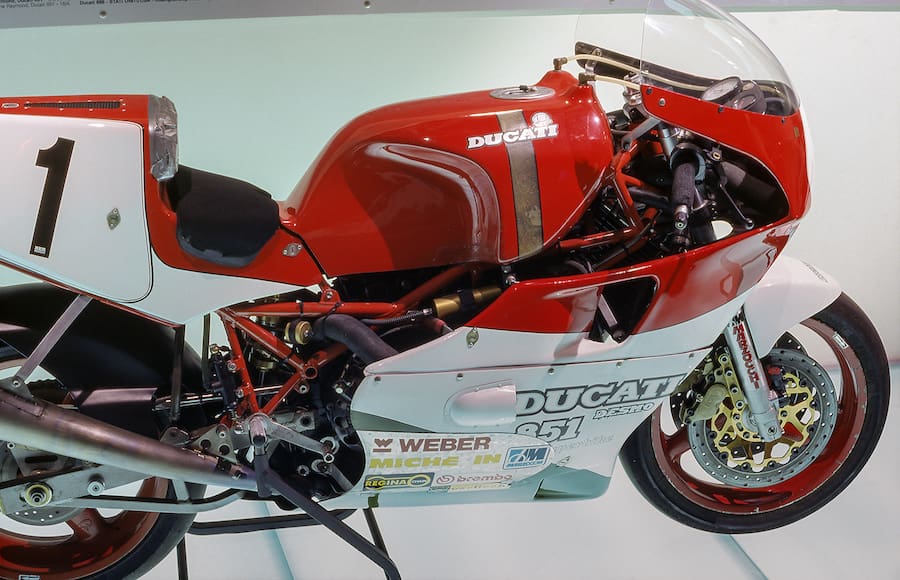
By Hamish Cooper
